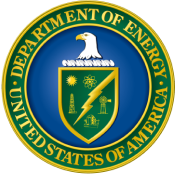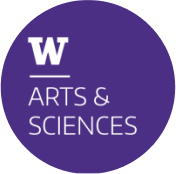Recent developments in mapping lattice gauge theories relevant to the Standard Model onto digital quantum computers identify scalable paths with well-defined quantum compilation challenges toward the continuum. As an entry point to these challenges, we address the simulation of SU(2) lattice gauge theory. Using qudit registers to encode the digitized gauge field, we provide quantum resource estimates, in terms of elementary qudit gates, for arbitrarily high local gauge field truncations. We then demonstrate an end-to-end simulation of real-time, qutrit-digitized SU(2) dynamics on a cube. Through optimizing the simulation, we improved circuit decompositions for uniformly-controlled qudit rotations, an algorithmic primitive for general applications of quantum computing. The decompositions also apply to mixed-dimensional qudit systems, which we found advantageous for compiling lattice gauge theory simulations. Furthermore, we parallelize the evolution of opposite faces in anticipation of similar opportunities arising in three-dimensional lattice volumes. This work details an ambitious executable for future qudit hardware and attests to the value of codesign strategies between lattice gauge theory simulation and quantum compilation.
This collaboration was funded by the NSERC Alliance International Catalyst Quantum Grant program (ALLRP 586483-23). JJ is funded in part by the NSERC CREATE in Quantum Computing Program, grant number 543245. NK acknowledges funding in part from the NSF STAQ Program (PHY-1818914). ODM acknowledges funding from NSERC, the Canada Research Chairs Program, and UBC. This work was conceived at the 2023 Quantum Computing, Quantum Simulation, Quan- tum Gravity and the Standard Model workshop at the InQubator for Quantum Simulation (IQuS) hosted by the Institute for Nuclear Theory (INT). IQuS is supported by U.S. Department of Energy, Office of Science, Office of Nuclear Physics, under Award Number DOE (NP) Award DE-SC0020970 via the program on Quantum Horizons: QIS Research and Innovation for Nuclear Science, and by the Department of Physics, and the College of Arts and Sciences at the University of Washington.


